Let's talk about flower soil
Last time we talked about flower pots, this time let’s talk about soil.
1. Suitable for most flowers
Leaf humus (or peat soil): garden soil: river sand: bone meal = 35:30:30:5, or leaf humus (or peat soil), plain sandy soil, decomposed organic fertilizer, superphosphate, etc. are mixed and sieved at 5:3.5:1:0.5 before use. The above-mentioned culture soil is mostly neutral or slightly acidic, suitable for most flowers. For cultivating camellia, azalea and other flowers that like acidic soil, about 0.2% sulfur powder can be added; for cultivating cactus and other flowers, about 10% of the wall skin soil peeled off from the lime wall can be added.
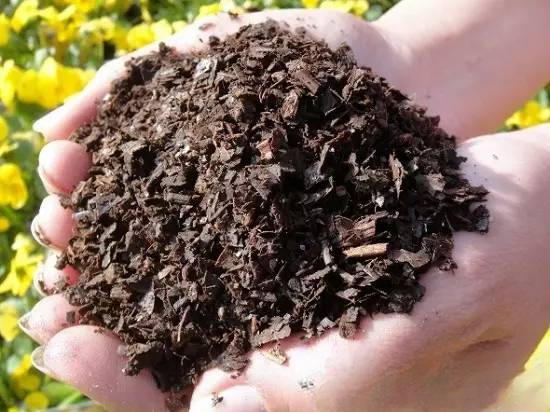
2. Suitable for general potted flowers
Mountain soil: garden soil: humus: rice husk ash (wood ash) is equal to 2:2:1:1, or garden soil: compost: river sand: wood ash is equal to 4:4:2:1. This is a light fertilizer soil suitable for general potted flowers, such as poinsettia, chrysanthemum, begonia, asparagus, cineraria, geranium, etc.
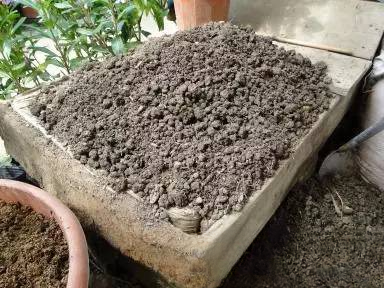
3. Suitable for acidic flowers
Mountain soil: humus: garden soil is equal to 1:1:4. This is a heavy fertilizer soil suitable for acidic flowers such as Milan, kumquat, jasmine, and gardenia.
4. Suitable for alkaline flowers
Garden soil: mountain mud: river sand equals 1:2:1 or garden soil: wood ash equals 2:1, suitable for alkaline flowers such as cactus, prickly pear, jewelweed, etc.
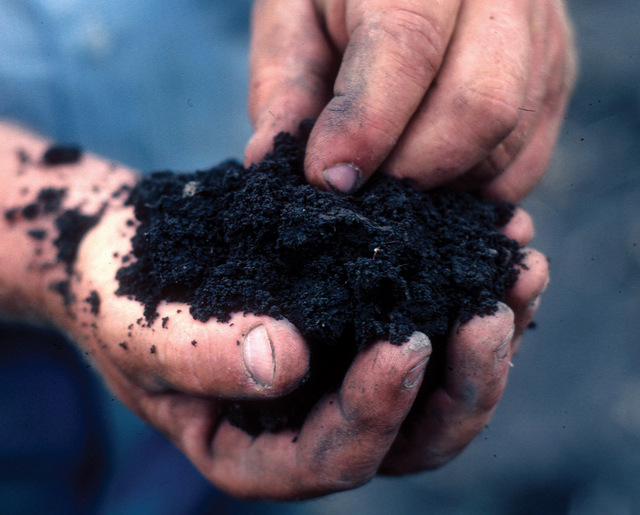
Soil is an important ecological factor that provides essential minerals and water for terrestrial plants. In Shuowen, it is said: [Soil is the land that produces living things.] However, please note that in places with poor or barren soil, or where there is no soil at all, such as in the concrete jungle, people use culture medium to replace soil. Commonly used ones are:
1. Leaf humus is made from the accumulation of dead branches and fallen leaves of plants. It is light, breathable, and can retain water and fertilizer. It is usually mixed with clay and sandy soil, but acid-loving southern flowers such as orchids and azaleas can be cultivated directly with leaf humus. At the same time, it is suitable for cultivating seedlings and can increase the germination rate.
2. Peat soil is made of carbonized swamp plant residues. It has a loose texture, absorbs water, and is rich in organic matter and humic acid. It is the main potting medium for high-end and classy horticultural countries or units. In their eyes, leaf mold and humus soil are all dregs. Here, we recommend Germany's Klasmann 442 peat soil, [a model of high-end soil], [the best soil].
3. Sphagnum moss is made from dried moss plants. It is loose, water-retaining and breathable. It is mostly used for the cultivation of moisture-loving flowers and epiphytic flowers, and is responsible for water retention during plant transplanting.
4. Coconut pith is coconut shell fiber, which can retain water but not fertilizer, and can improve soil aeration. I use it instead of leaf mold to cultivate seedlings, and the effect is ideal.
5. Vermiculite, a mineral, is used to improve soil water retention and drainage. The structure will break after long-term use. Because of its sterile properties, it is often used to prepare culture media.
6. Perlite is a mineral that does not deform, is sterile, and has good air permeability. It is used to improve soil and should not be used alone.
7. Succulent soil. Pony, this is very troublesome, because it needs to be mixed like a cocktail. The general principle is that the porosity should be moderate. Too large will reduce the water and fertilizer retention, and too small will be airtight. The suggestion for beginners is peat soil with perlite. However, it should be noted that more and more people like to plant succulents in containers without drainage holes at the bottom. At this time, large stones need to be placed at the bottom to store some water. Search [Identification of succulent "planting soil"] and you can find a lot of mineral soils suitable for succulents. If you can guarantee that you will not get dizzy, you can try it.
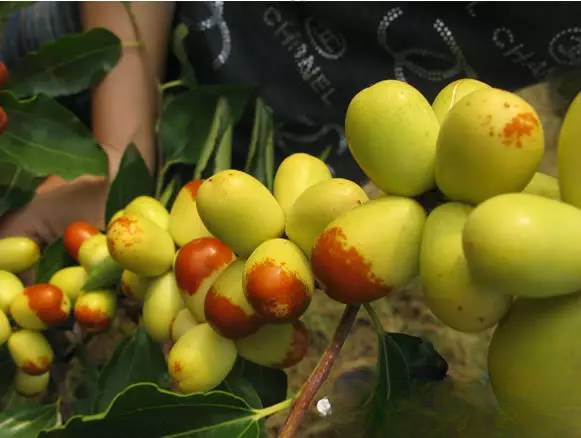
Finally, I also recommend garden soil, which is soil taken from the surface of vegetable gardens, orchards, etc. It contains a certain amount of humus and has good physical properties, and is often used as the basic material for culture soil. I used this to grow flowers when I was a child. In the future, when you go hiking, you can carry a large plastic bag and rake some soil when you see a farmer's vegetable field. But be careful not to be caught by the old farmer, because if you say you don't want to steal vegetables but steal soil, he will think you have a problem with your brain. [Stealing vegetables by the way may be a way to protect your IQ]
Indoor and greenhouse
Flowers are mostly planted in pots. Due to the limited volume of flower pots and the long growth period of plants, the culture soil must have sufficient nutrients, appropriate gaps, certain water retention and ventilation, so artificial soil is needed, which is called culture soil. There are many kinds of flowers with different growth habits, and the culture soil should be prepared according to the growth habits of flowers and the properties of materials.

1. Materials for preparing culture soil
1. Ordinary garden soil
Cultivation soil, which is the main component of cultivation soil, has high fertility, rich in humus, and good aggregate structure due to frequent fertilization and cultivation. It has good effects in cultivating roses, pomegranates and grass flowers. Disadvantages: The surface is easy to harden, and the ventilation and water permeability are poor, so it is not suitable to be used alone.
2. Leaf humus is made by mixing various plant leaves and weeds with garden soil, adding water and human feces and urine for fermentation. The pH value is acidic and should be used after exposure to the sun.
3. Mountain mud is a natural humus soil formed by the decay of leaves. It is loose and breathable, acidic, and suitable for growing orchids, gardenias, azaleas, mountain lotus and other flowers that prefer acidic soil.
4. River sand can be ordinary coarse sand, which is the basic material of culture soil. Adding a certain proportion of river sand is conducive to soil ventilation and drainage.
5. Peat, also known as peat, is a plant body that was buried underground in ancient times and has not completely decomposed. It is rich in organic matter and is acidic, suitable for planting acid-resistant plants. Peat itself has an antiseptic effect, is not easy to produce mold, and contains humic acid, which can stimulate the rooting of cuttings. It can be mixed or used alone.
6. Herb ash is the ash from burning rice husks and other crop straws, which is rich in potassium. Adding it to the culture soil can make it well-drained, loose and breathable.
7. Bone meal is made from ground and fermented animal bones. It contains a large amount of phosphorus and the amount added should not exceed 1%.
8. Sawdust: After the sawdust is fermented, it is mixed into the culture soil to change the looseness and water absorption of the soil.
9. Moss: Moss can be dried and mixed into the culture soil to make the soil loose, with good drainage and air permeability.

2. The proportion of one boat of culture soil
1. Generally, the mixture includes 30% leaf mold, 50% garden soil, and 20% river sand.
2. For woody flowers: 40% leaf mold, 50% garden soil, and 10% river sand.
3. Use 50% leaf mold, 30% garden soil and 20% river sand for sowing.
4. For greenhouse flowers, the composition includes 40% leaf mold, 40% garden soil, and 20% river sand.

3. Make compost soil
Compost soil is also a common culture soil for potted flowers. It is made of dead branches, fallen leaves, grass, fruit peels, feces, hair bones, internal organs, etc., and is piled up with old soil from potting, stove ash, and garden soil. Human and animal feces are poured on it, and finally covered with garden soil around and on top. After being stored for more than half a year to ferment and rot, it is crushed and sieved to become compost soil.
When making compost soil, care should be taken not to make the soil too wet, so that aerobic bacteria have enough air to decompose organic matter and generate nitrogen and sulfide. If it is too wet, anaerobic bacteria will decompose organic matter into ammonia and hydrogen sulfide, which will be lost in the air, reducing the fertilizer efficiency.
A mixture of half compost and half sand is both fertile and good for drainage. If you use a mixture of compost and peat to plant orchids, mountain lotus, azalea, Clivia, Milan and other precious flowers and trees, the effect is also very good.
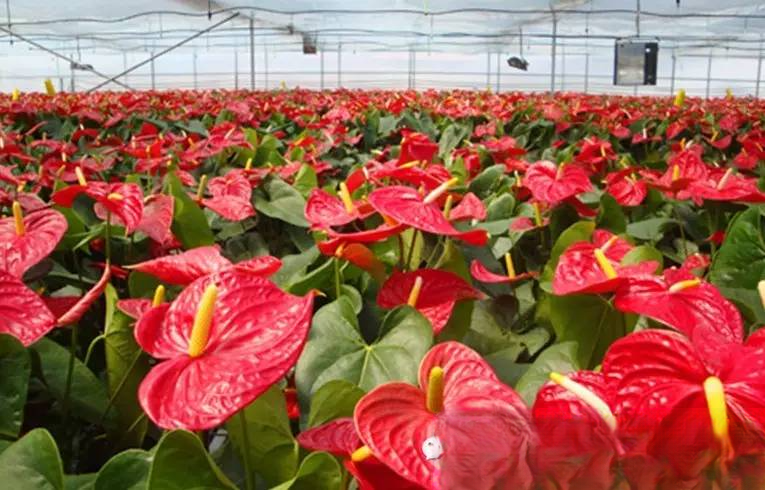
4. Adjust soil pH
The pH value of the soil has a great influence on the growth of flowers. Improper pH value will seriously hinder the growth and development of flowers, affect nutrient absorption, and even cause diseases.
Most flowers grow well in neutral to slightly acidic soil (pH 5.5 to 7.0). Above or below this limit, some nutrients are in an inabsorbable state, which leads to nutritional deficiencies in some flowers. In particular, flowers that prefer acidic soil, such as orchids, lotus, azalea, gardenia, Michelia, osmanthus, and magnolia, are suitable for growing in soil with a pH value of 5.0 to 6.0, otherwise they are prone to iron deficiency chlorosis. Strongly acidic or alkaline soils will affect the normal growth and development of flowers.
There are many ways to change the acidity and alkalinity of the soil: if the acidity is too high, you can add some lime powder or wood ash to the potting soil;
To reduce alkalinity, you can add appropriate amounts of sulfur, aluminum sulfate, ferrous sulfate, humus fertilizer, etc. For a small amount of culture soil, you can increase the mixing ratio of rotten leaves or peat. For example, to meet the needs of flowers that like acidic soil, potted flowers can be watered with a 1:50 aluminum sulfate (alum) aqueous solution or a 1:200 ferrous sulfate aqueous solution; in addition, the application of sulfur powder is very effective, but the effect time is short, and it needs to be applied every 7 to 10 days.
5. Soil disinfection
Commonly used soil
Formalin disinfection method: Spray 400 to 500 ml of 40% formalin evenly on each cubic meter of cultivation soil, then pile up the soil and cover it with plastic film. After 48 hours, the formalin turns into gas, remove the film, and spread the soil pile.
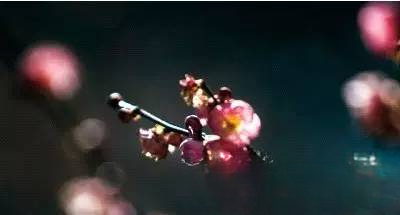
Carbon disulfide disinfection method: First, pile up the culture soil, drill several holes on the top of the soil pile, and inject 350 grams of carbon disulfide per 100 cubic meters of soil. After injection, cover the hole openings with straw. After 48 to 72 hours, remove the straw cover, spread the soil pile, and let all the carbon disulfide dissipate.
6. Improve soil drainage and aeration
Flowers and trees generally need to grow in soil with good drainage and ventilation. Such an environment is conducive to root growth, and flowers and trees can flourish and bloom continuously. However, in some areas with heavy clay soil, it is difficult for flowers and trees to grow well, so measures need to be taken to improve soil drainage and ventilation.
Sawdust is light and loose, with large porosity, and is a good material for improving clay soil. Before use, put some cake fertilizer or chicken and duck manure into the sawdust, add water to the tank for fermentation, and then dig it out and dry it until it is half dry. Just add 1/3 of sawdust to the soil and mix it well to achieve the effect of increasing soil permeability. After 1 to 2 months, the sawdust will be decomposed into humus by aerobic bacteria in the soil, thereby improving the fertility of the soil. At the same time, sawdust can also neutralize the pH of the soil to varying degrees, which is conducive to the growth of flowers and trees.
7. Use sawdust instead of potting soil Sawdust has all the conditions required for potted flower soil and can be used alone. However, it cannot fix plants when used alone, so it is often mixed with other materials to increase its drainage and air permeability. Ordinary sawdust is neutral and can be used to plant Clivia, Cycas , Peony, and Rose. The sawdust of pine and fir is acidic and can be used to plant white orchid, Michelia, Milan, Gardenia, Azalea, Jasmine, and Orchid.
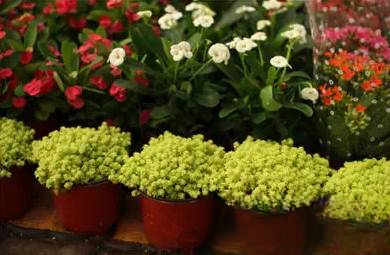
Sawdust can be made into culture soil after fermentation. The method is to put sawdust into a bucket or plastic bag, pour enough water, and place it in a sealed place with high temperature. After two months, turn the bottom up and leave it for a while. The sawdust will become dark brown culture soil. To prevent and control diseases and insects, iron should be added. Ferrous sulfate solution can be applied before planting, and the application ratio is about 1%. Sawdust is light, breathable and water-retaining fertilizer. It is a good material to replace potting soil. When using it, it is best to add 5% of its weight of cake fertilizer or human and animal manure to the fermented sawdust. During the growth period of flower seedlings, just like planting flowers in potting soil, apply thin liquid fertilizer once every 1 to 2 weeks.

